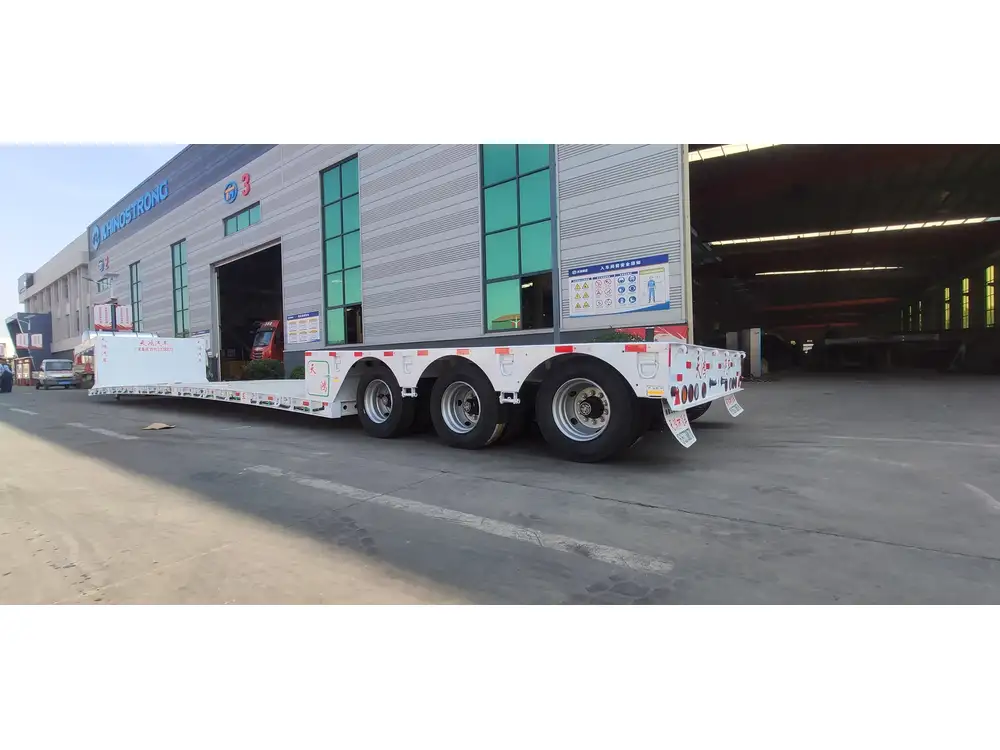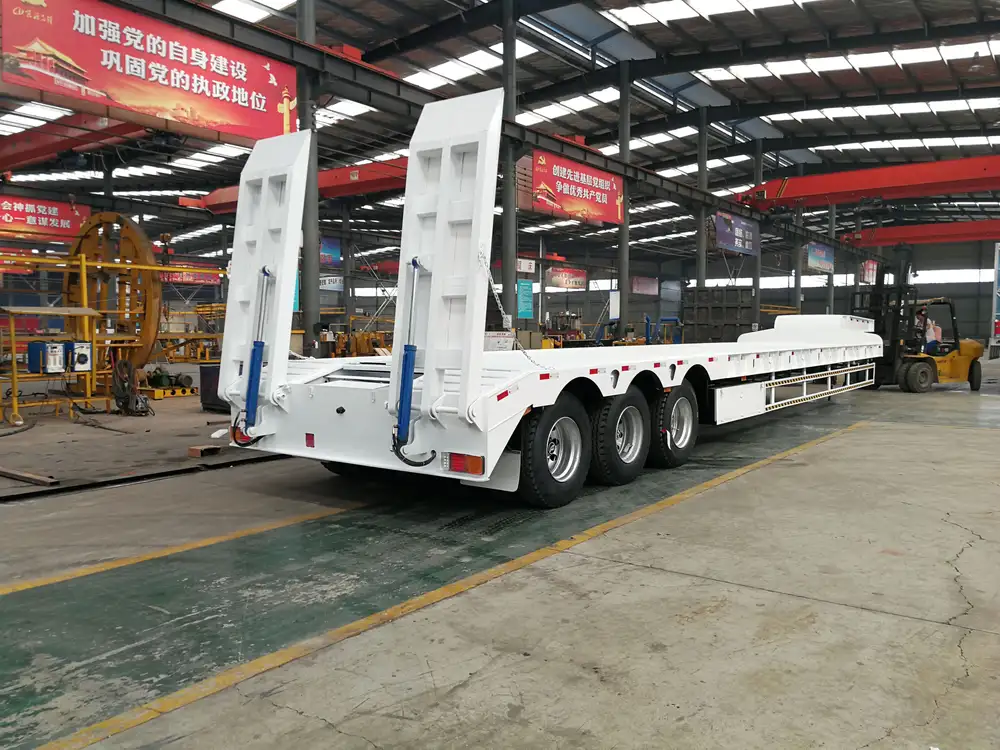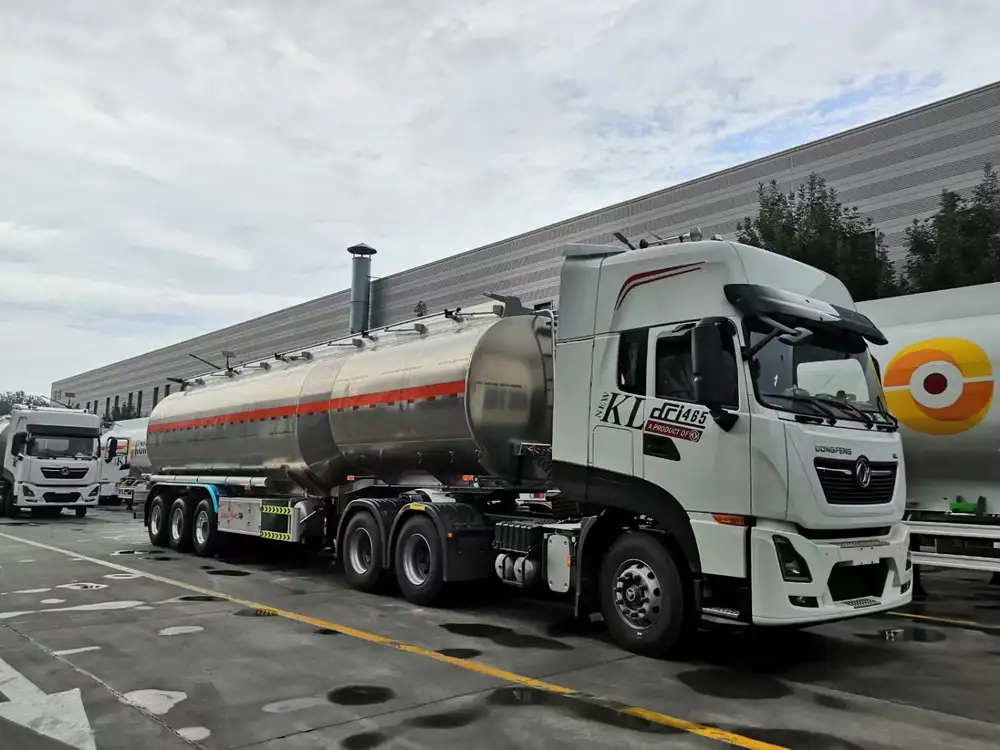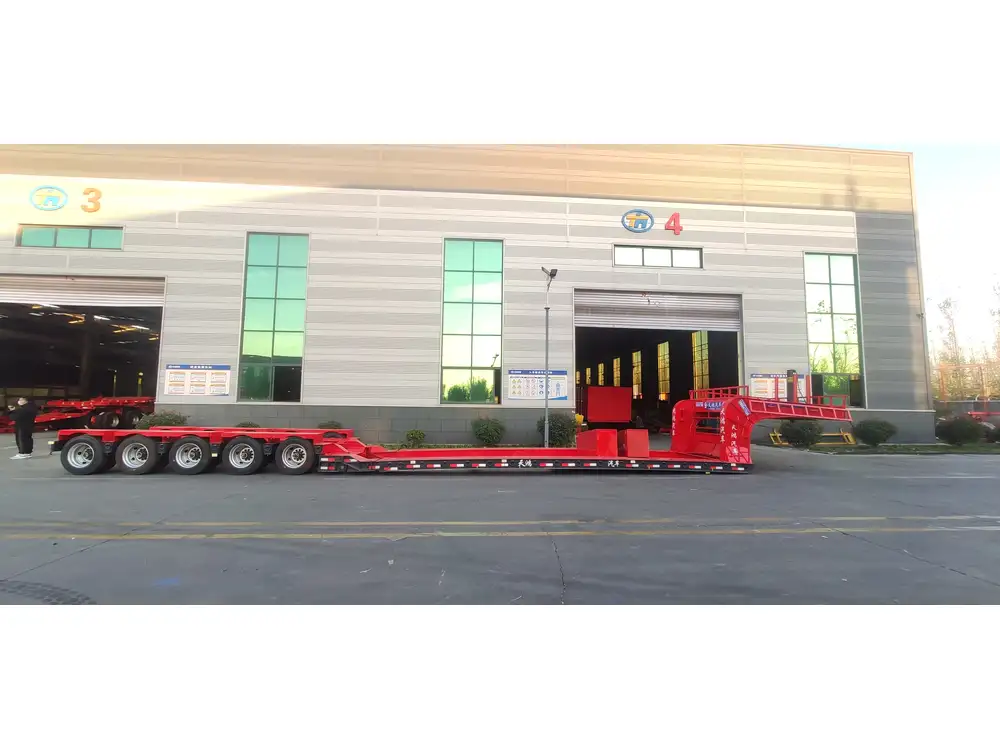When navigating the complex world of transportation and logistics, one critical aspect that freight carriers, logistics managers, and manufacturers must grapple with is understanding weight limits. Specifically, the legal weight of a 48-foot flatbed trailer plays a significant role in determining logistics operations, compliance with federal and state regulations, and ensuring road safety. This article aims to dissect the intricacies surrounding the legal weight of a 48 flatbed trailer, providing crucial insights and actionable information tailored for industry stakeholders.
1. The Importance of Legal Weight Regulations
Legal weight limits are set to ensure road safety, to prevent damage to infrastructure, and to promote fair competition within the transportation sector. Exceeding these limits can lead to severe repercussions, including hefty fines, equipment damage, and compromised road safety. Understanding these regulations allows manufacturers and operators to optimize payloads while remaining compliant.
1.1 Key Terminology
- Gross Vehicle Weight (GVW): Total weight of the vehicle and its cargo.
- Gross Combined Weight (GCW): Total weight of a vehicle and any trailer it’s towing.
- Payload Capacity: Maximum load a vehicle can carry, calculated by subtracting the vehicle’s empty weight from its Gross Vehicle Weight Rating (GVWR).
- Axle Weight Limits: Regulations often specify maximum weights distributed over axles to prevent undue stress on the road.

2. Legal Weight Limits for a 48 Flatbed Trailer
2.1 Federal Regulations
The Federal Highway Administration (FHWA) governs the legal weight limits for commercial vehicles. For a standard 48-foot flatbed trailer, the following federal limits apply:
| Criteria | Weight Limit (lbs) |
|---|---|
| Maximum Gross Vehicle Weight (GVW) | 80,000 lbs |
| Maximum Gross Axle Weight (per axle, based on number of axles) | 20,000 lbs (single axle) |
| 34,000 lbs (dual axle) |
The GVW typically encompasses the tractor and trailer combined. It’s essential for operators to monitor these numbers closely, as exceeding them can result in significant penalties.
2.2 State-Specific Regulations
While federal regulations provide a baseline, state laws can impose stricter guidelines. Each state may have variations in permissible weights, and some states allow overweight permits for specific routes or loads, provided they are obtained in advance.
| State | GVW Limit (lbs) | Comments |
|---|---|---|
| California | 80,000 | Special permits can allow for heavier loads |
| Texas | 80,000 | Seasonal permits impact legal loads |
| Florida | 80,000 | Additional restrictions during peak seasons |
| New York | 80,000 | Different limits based on road type |
Understanding these variations is critical for transport companies operating across multiple states.

3. Factors Influencing Legal Weight
3.1 Trailer Configuration
The configuration of the flatbed trailer itself may impact the legal weight limits. A 48-foot flatbed trailer typically comes in various axle configurations, such as:
- Single Axle: Maximum weight limit is 20,000 lbs.
- Tandem Axle (two axles): Maximum weight limit is 34,000 lbs.
- Triple Axle (three axles): Increased payload potential, usually around 42,000 lbs.
3.2 Load Distribution
Proper load distribution is vital. Unevenly distributed weight can lead to legal violations and safety hazards. Ensuring that the load is balanced and within specified weight limits for each axle is crucial for compliance.

3.3 Vehicle Specifications
The truck’s horsepower, suspension system, and braking capacity also determine the maximum legal weight. It’s essential to ensure that the tractor unit can handle the trailer’s legal weight effectively to avoid any mechanical failures.
4. Consequences of Exceeding Legal Weight Limits
Overloading a 48-foot flatbed trailer poses significant risks, which can be categorized into regulatory, financial, and operational consequences.
4.1 Regulatory Penalties
- Fines: Weigh stations and compliance checks can lead to costly fines for overweight violations.
- Points on Operator’s Record: Accumulating infractions can impact the carrier’s safety rating and insurance costs.
- Vehicle Impoundment: In severe cases, authorities may impound the vehicle until compliance is achieved.

4.2 Financial Implications
- Increased Insurance Premiums: Frequent violations may lead to higher insurance costs, impacting the overall profitability.
- Repairs and Maintenance: Overloading can accelerate wear and tear, leading to costly repairs.
- Loss of Customer Trust: Repeated delays due to legal complications can damage relationships with clients and stakeholders.
4.3 Operational Challenges
- Safety Risks: Overweight loads can compromise braking distances and vehicle handling, leading to accidents.
- Higher Fuel Consumption: Increased weight necessitates more fuel, raising operational costs.
- Delivery Delays: Infractions can lead to detours, delays, and unplanned stops, significantly impacting delivery times.
5. Best Practices for Compliance

5.1 Regular Weight Checks
Implementing a routine of weighing vehicles at authorized facilities can help ensure adherence to weight restrictions. Mobile truck scales can also assist in pre-emptive measures while on the road.
5.2 Training and Education
Training operators and logistics staff about weight regulations, loading protocols, and the importance of compliance can play a crucial role in minimizing violations.
5.3 Use of Technology
Utilizing onboard weight monitoring systems can provide real-time data on weight distribution, aiding in proactive measures to avoid overload situations.

5.4 Coordination with Logistics Partners
Establishing clear communication with suppliers and logistics partners about weight capabilities can streamline loading processes and ensure adherence to regulations.
6. Future of Weight Regulations in Transportation
The transportation industry is witness to ongoing changes in regulatory landscapes, particularly as technology advances. Potential shifts in legal weight regulations could arise from:
- Innovations in Trailer Design: The development of lighter materials may pave the way for increased weight limits.
- Improved Safety Technologies: Enhanced vehicle tech can lead to discussions around redefining weight regulations based on safety advancements.
- Environmental Considerations: Future regulations may also factor in eco-friendliness, affecting weight limits based on emissions standards.
Conclusion
Navigating the intricacies of legal weight limits for a 48-foot flatbed trailer requires a comprehensive understanding of both federal and state regulations, as well as various influencing factors. Emphasizing weight compliance is not merely a legislative obligation but also a critical determinant of operational efficiency, safety, and overall business sustainability. With strategic practices such as regular weight monitoring, employee training, and leveraging technology, logistics companies can significantly mitigate the risks associated with legal weight violations, ensuring safer and more efficient transportation operations.
By comprehensively understanding and implementing these best practices, stakeholders can enhance compliance, protect their assets, and foster a sustainable transportation ecosystem that benefits all parties involved.



